We caught up with the man in charge of the Royal Mint to find out more about the history and the heritage of our coins
After a feature in the latest issue of the magazine about The Wonderful Company of Goldsmiths as part of our series on London’s guilds, we were longing to find out a bit more about the Royal Mint who work with Goldsmiths for the annual Trial of the Pyx. We met up with Adam Lawrence, the CEO of the Royal Mint, to learn about the history of this great British institution.
Where did the Royal Mint begin?
“There have been mints in London since around 650. We can trace our history back about 1,100 years. In 1279, we moved to the Tower of London. There’s still a street within the tower called Mint Street which the Royal Mint occupied for about 500 years. We got kicked out when the military needed more space and moved up to Tower Hill for space where we were for about 200 years before we moved to Llantrisant in 1968 ahead of decimalisation.”
How would you describe the Royal Mint to someone who doesn’t know what you do?
“Our role is to make the coins available in the right place at the right time to make the economy work. We’re there as a supporting role for the economy.”
Who decides what goes on to the coins in the UK?
“Ultimately the Queen signs everything off but there is a body called the Royal Mint Advisory Committee which advises in the first instance on what should be considered to go on the currency. The committee is a community of the great and the good: historians, artists and people from all different sorts of backgrounds.They help to decide if something is an appropriate choice for a coin and they play a role in the design process to make sure it is represented in the right way as well.”
What goes on the Royal Mint’s commemorative coins?
“You will find quite a few anniversaries on coins and that’s because we look forward and work out what is appropriate to be put on a coin. There are some things that are obvious like the 800-year Magna Carta anniversary next year which is something that is really important for the country.
Also as the Royal Mint, we represent the royal family and we’ve been making coins for every monarch for the last 1100 years. Prince George is going to be a monarch, admittedly in a couple of generations down the line but ultimately at some point his effigy is going to end up on our coins. Royal events are very popular but they’re also very significant for the country as well. If you look at things like the Diamond Jubilee a couple of years ago, it wasn’t just a celebration of 60 years on the throne, it was much bigger than that. It was the nation coming together and we play an integral role in those celebrations too.”
Are all the coins you make recorded?
“We keep copies of everything. Our museum has got at least one of everything we’ve ever made. It is without a doubt the definitive history of the Royal Mint. They also have the drawings, the artists concepts, the trial pieces and the ones didn’t get into circulation.”
What happens to make a coin not enter into circulation?
“One of the famous British coins we’ve made for was King Edward VIII who then abdicated the throne. His coinage was never released so we’ve got all the trial pieces, and what would have been his coinage, in our collection.”
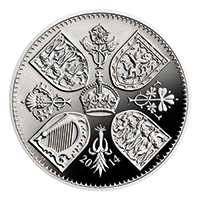
What did the Royal Mint do for the birth of the new Prince?
“One of the best things we’ve done over the past couple of years was when Prince George was born. We thought it was fantastic that we had a new heir to throne but we also thought: ‘what about all the other kids that were born on that day too’. So, we did a promotion where we gave every child that was born on that day a silver penny so that they can be special too. It goes back to the whole history of crossing a baby’s palm with silver for good luck. And we thought there were about 2,000 kids born on that day as well so lets give them their own little bit of good luck too.”
How long does it take to create a coin?
“We probably spend 12 to 18 months on creating one coin. That’s a reflection of the amount of effort and skill we put into it. We first have to come up with the idea and then we need to try and understand what we want to get out of it and do some market research. We’ll then put a brief together for an artist or we get the artist to give us some concepts. From getting the artwork to creating the coin, the process could take another 3 or 4 months because we use lots of hand skills. There will be computer generation to move things around later on in the process but initially we make plaster models which our people carve by hand. These designs are done at a large scale and part of the reason for doing it at this kind of scale is that you can get the detail in and then later on when we shrink it down to size, we’ve still got all the detail. The coins are then all hand polished – it’s just a huge amount of work.”
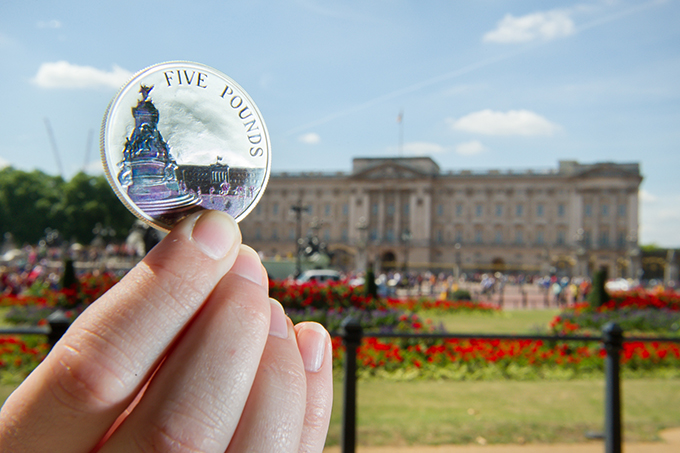
Once it has all been designed, how long does it take to produce a coin?
“Once we get into mass production for circulation coins, we make about 700 a minute. However the commemorative coins are all made individually and by hand. We make very few an hour.”
What is the future for the Royal Mint?
“I think the future is really bright for the Royal Mint. We see all these reports in the press about the death of cash and the death of notes and coins but we’re doing lots of work to ensure they’re still an efficient and effective means of payment. This is the start of our history, not the end of our history.”
The Royal Mint will be opening their first ever visitor centre in 2016 in Llantrisant – check back on our news page soon for more details.
Read our feature on Goldsmiths in the current issue of BRITAIN magazine. Order your copy here.
|
|||||||||||||||||

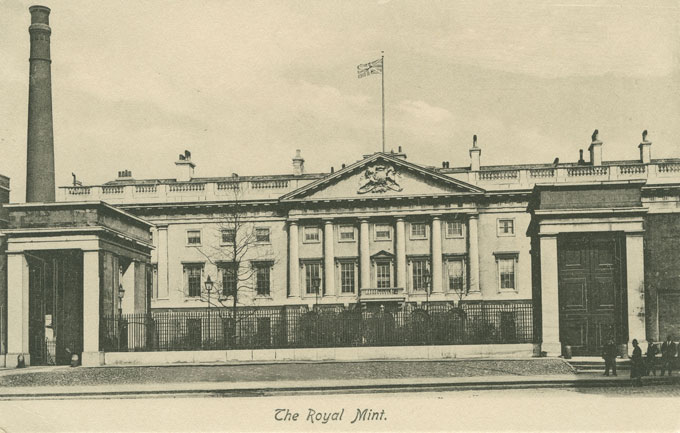
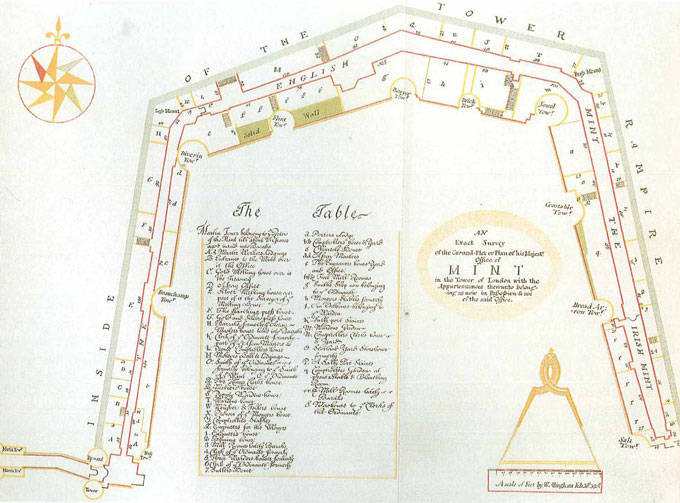
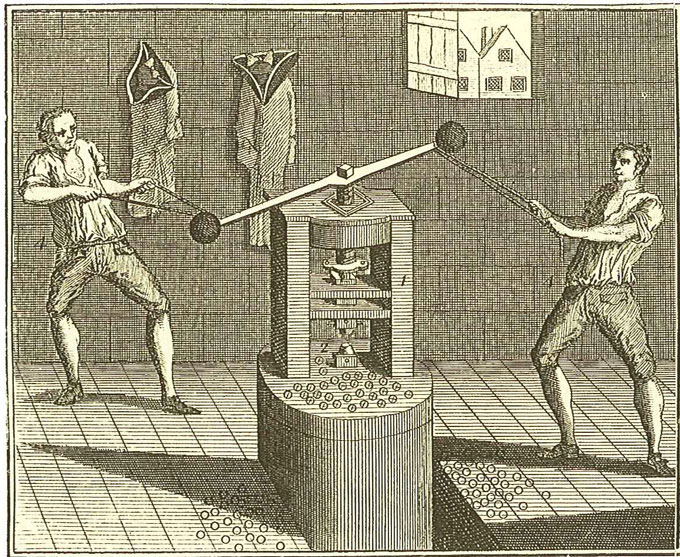
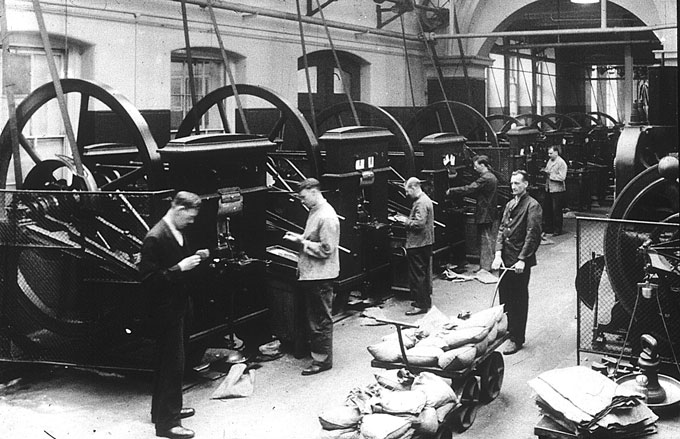







 © 2024
© 2024